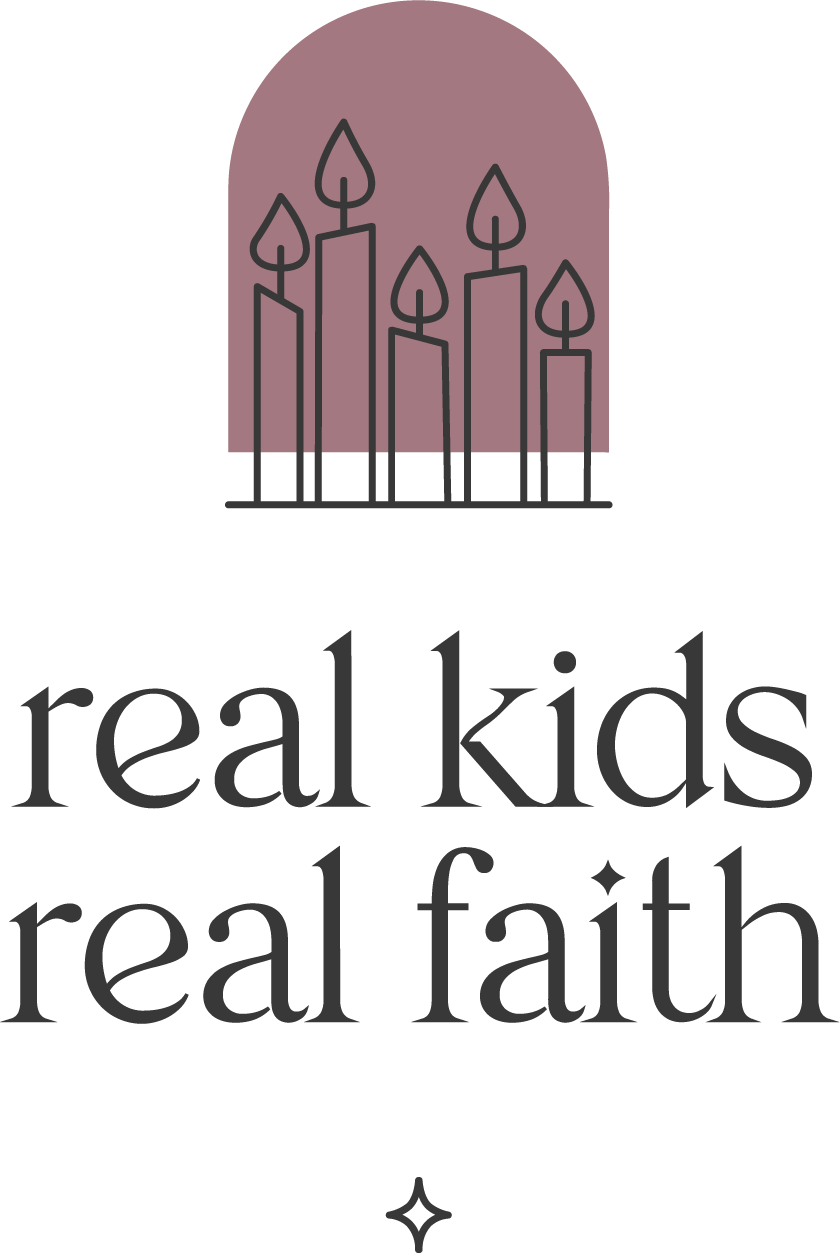Since Hurricane Helene made landfall last week, more than 190 people have been confirmed dead and hundreds more remain missing. Flooding and landslides have destroyed communities and almost a million people remain without power. Access to clean water and food supplies is compromised in several areas.
Natural disasters frighten and fascinate children. Those most directly affected may experience displacement and loss. They need reassurance that many people are working hard to help them and make sure they have food, water, and shelter. Those less directly involved may wonder about different things as they see images of the devastation online or hear news reports.
One question children may have is what causes hurricanes. This and other scientific questions are best answered factually. Visit a reputable website (see Related Resources) with kids to explore together how warm water and the earth’s rotation combine to create storms. Watch an educational video together or use what you read online to draw a diagram showing how hurricanes form.
Children may also wonder about the effects of climate change on hurricanes. They may hear commentators blame climate change for the increased strength and dangerousness of storms. Help them investigate this claim, gathering data and weighing the information for themselves. Focus on scientific facts rather than politics, so that kids learn how to assess and interpret information for themselves.
Many children want to know what they can do to help those affected. Talk about the specific things that people need and different ways you can contribute to meeting those needs. If you opt to make a monetary donation, help children imagine what the money will do. For example, a $25 contribution might provide 50 gallons of fresh water, a $100 donation might feed a family of four for a week, or a $500 gift might support a month of housing.
Children may feel empowered if they can make a contribution to an organization that provides a specific service. Discuss the needs they most want to meet and then match their interests with an appropriate charity. Kids who are worried about people running out of food might want to support a group like World Central Kitchen, which moves into disaster areas to provide meals. Those anxious about how people will clean up their homes after flooding might want to assemble or contribute funds for Emergency Cleanup Buckets. And if the plight of pets affected by the storm is a big concern, making a donation toward animal rescue efforts (see Related Resources) might make sense.
Encourage children to share their feelings and help them process their emotions. As the death toll rises and children witness people grieving, they may feel sad or upset. They may be afraid that a hurricane or other natural disaster will affect their neighborhood. They might worry about their safety or feel guilty about having a ‘normal’ life when others are suffering. Affirm their feelings. Acknowledge that it is normal to feel sad when people die. Offer specific information about your risk of being hit by a storm and how you prepare for that possibility. Encourage them to practice gratitude for what they have and also think about how to share what they can with others. Linking feelings with actions teaches empathy and provides a degree of comfort at the same time.
Related Resources
- Hurricanes: Storms from the Sea | AMNH.
- How do hurricanes form?
- How Hurricanes Form
- How climate change makes hurricanes more destructive | Environmental Defense Fund
- World Central Kitchen
- Emergency Cleanup Buckets - CWS Kits
- How to Assemble Clean Up Buckets | CWS
- Animal Rescue - Hurricane Helene
- Practicing Gratitude | RKRF
- Encouraging Active Empathy | RKRF

Comments